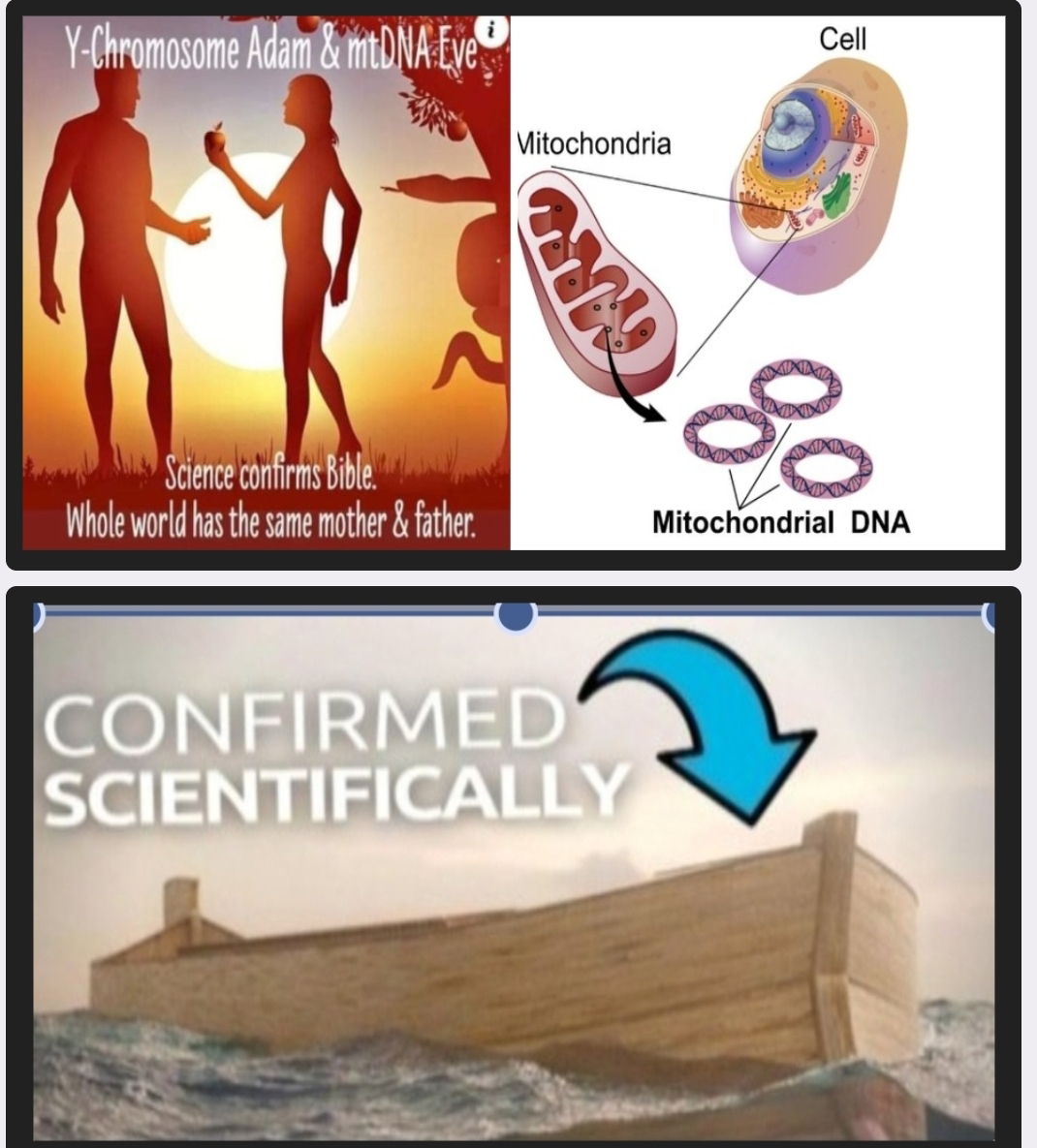The Universe on a Razor's Edge: How Roger Penrose's Calculation of the Big Bang's Entropy Bolsters the Strong Anthropic Principle
The Nobel Laureate Sir Roger Penrose, a titan of modern physics, unveiled a calculation so staggering it continues to reverberate through the halls of cosmology and philosophy. By quantifying the astonishingly low entropy of the Big Bang, Penrose has provided what many consider to be powerful support for the Strong Anthropic Principle—the notion that the universe must possess properties that allow for the eventual emergence of intelligent observers.
At the heart of Penrose's argument lies the Second Law of Thermodynamics, a fundamental pillar of physics stating that the total entropy, or disorder, of an isolated system can only increase over time. Our universe, a seemingly isolated system, is demonstrably not in a state of maximum entropy. We observe intricate structures like galaxies, stars, and planets, and on a smaller scale, the complex organization of life itself. For such complexity to exist, the universe must have started in a state of extraordinarily low entropy, a highly ordered configuration from which it could evolve towards its current, more disordered state.
Penrose sought to calculate the sheer improbability of our universe's initial low-entropy condition. To do this, he ingeniously applied the Bekenstein-Hawking formula for the entropy of a black hole—the most entropy-rich objects known in the universe—to the entirety of the cosmos at the moment of the Big Bang.
A black hole's entropy is proportional to its event horizon area. In a hypothetical "thermalized" universe at maximum entropy, all matter would be consumed by black holes.His calculations, detailed in his seminal works "The Emperor's New Mind" and "The Road to Reality," yielded a number of almost unimaginable precision. The odds of the specific low-entropy state of our Big Bang occurring by random chance, out of all the possible initial configurations the universe could have had, were one in 10 to the power of 10 to the power of 123.
To put this number into perspective, writing it out in standard notation—a 1 followed by its zeroes—would be physically impossible. If one were to write a '0' on every single proton and neutron in the observable universe, you would not even scratch the surface of the number of zeroes required. This is a level of fine-tuning so extreme that it dwarfs other "fine-tuning" parameters often cited in cosmology.
This is where the Strong Anthropic Principle (SAP) enters the discourse. The Weak Anthropic Principle (WAP) is a less contentious, almost tautological statement: the conditions we observe in the universe must be compatible with our existence as observers, otherwise, we wouldn't be here to observe them. For instance, we find ourselves on a planet with liquid water because life as we know it requires it.
The Strong Anthropic Principle, however, makes a more profound and philosophically charged claim. It posits that the universe is in some way compelled to have the properties that allow for the development of life and consciousness. In this view, the laws and fundamental constants of nature are not arbitrary but are in a sense "chosen" from a vast landscape of possibilities to ensure the emergence of observers.
Penrose's calculation provides potent ammunition for proponents of the SAP. The sheer statistical impossibility of the Big Bang's low entropy state arising by chance is, for some, a compelling argument that something other than pure randomness is at play. If the initial conditions were even slightly different—if the initial "pin" of creation had been placed in a vastly more probable, high-entropy region of the phase space of possible universes—the cosmos would have been a chaotic, formless soup, likely collapsing back into a singularity or expanding into a diffuse, featureless void. In such a universe, the formation of stable galaxies, stars, planets, and ultimately, life, would be an impossibility.
The argument, therefore, proceeds as follows: The existence of complex, information-processing beings like ourselves is predicated on a universe with a distinct arrow of time, driven by the inexorable increase of entropy from a remarkably ordered beginning. The probability of such a beginning is so vanishingly small that to attribute it to mere chance strains credulity. The Strong Anthropic Principle offers an alternative: the universe is the way it is because it must be a home for observers. Our existence, in this framework, is not a lucky accident but a fundamental feature of the cosmos, and the low entropy of the Big Bang is a necessary precondition for this feature.
It is crucial to note that Penrose himself harbors a degree of skepticism towards simply invoking the anthropic principle as a final explanation. He has expressed unease with explanations that lack a deeper physical mechanism. His own proposal of Conformal Cyclic Cosmology (CCC) is, in part, an attempt to provide a physical explanation for the low entropy of our aeon's beginning, attributing it to the state of the universe at the end of a previous aeon.
Critics of using Penrose's calculation to support the SAP argue that we only have one universe to observe, making probabilistic arguments difficult to ground. Furthermore, some physicists, like Sean Carroll, contend that while the low entropy is a profound mystery, resorting to the anthropic principle can stifle the search for more fundamental physical theories that might one day explain these initial conditions.
Nevertheless, the starkness of Penrose's number remains a formidable challenge to a purely mechanistic and random view of the cosmos. It paints a picture of a universe balanced on an infinitesimally small razor's edge of possibility. For those who see a deeper meaning in our existence, Roger Penrose's calculation of the extreme rarity of the Big Bang's entropy serves as a powerful testament to the idea that the universe is not just a cosmic accident, but a cosmos fit for life.





Comments
Post a Comment